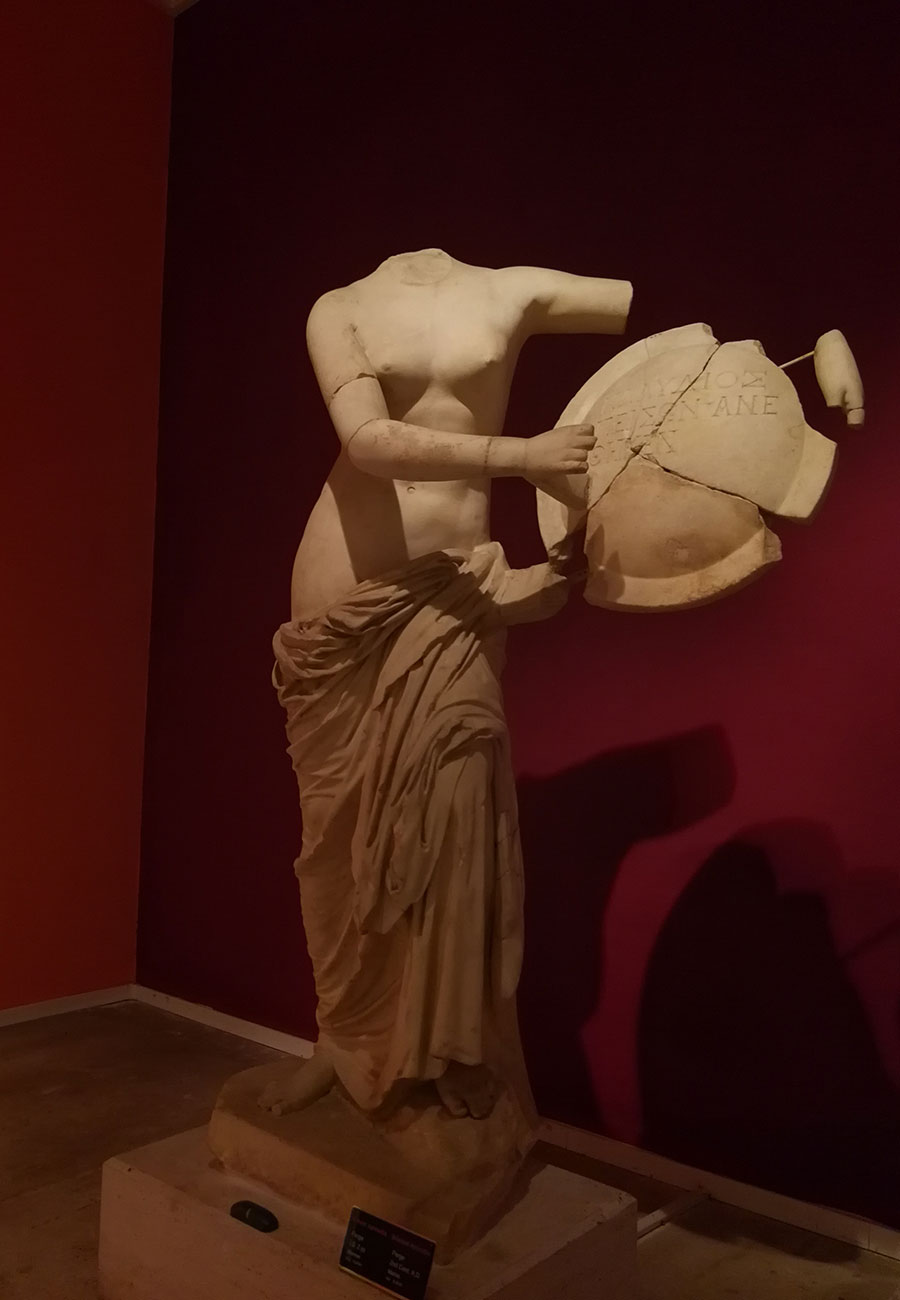Where goddesses loved and fought


Legend has it that the formations are solidified cotton - the area's principal crop - that giants left out to dry. But to me they appeared more like petrified snow, untrodden, untainted, softened by nothing but the rose-colored sunlight.
In Greek mythology Hera is partly defined by her tireless pursuit and persecution of those who were seduced into amorous relationships by her forever adulterous husband, as well as those mortals who, often unintentionally, offended her. If the envious goddess came to inspect the Turkish land today, it is highly likely that she would want to pour her envy onto Aphrodite, the goddess of love. The reason is simple: the latter commands Turkey's best-preserved Greco-Roman city, albeit a small one, dedicated to any Olympian god or goddess.
Aphrodisias is in the historic Caria cultural region of western Anatolia, just about one and half hours' drive from Pamukkale. It is here that the goddess, who has long been featured in Western art as a symbol of female beauty, had her cult image, the Aphrodite of Aphrodisias.


















